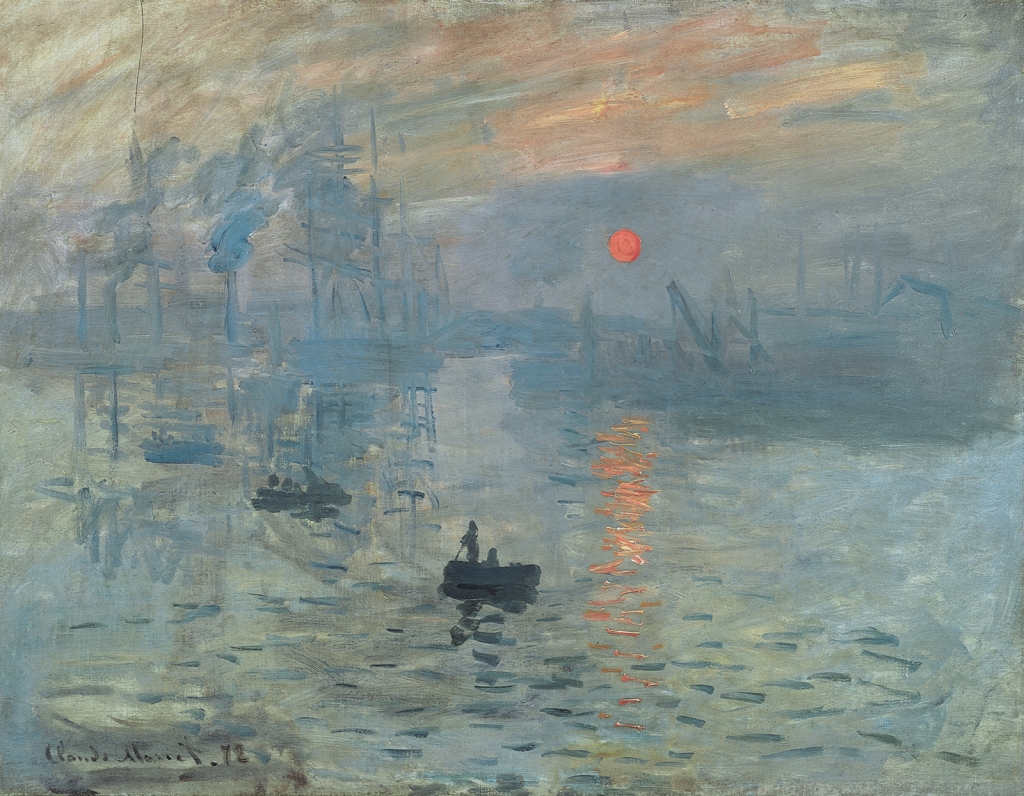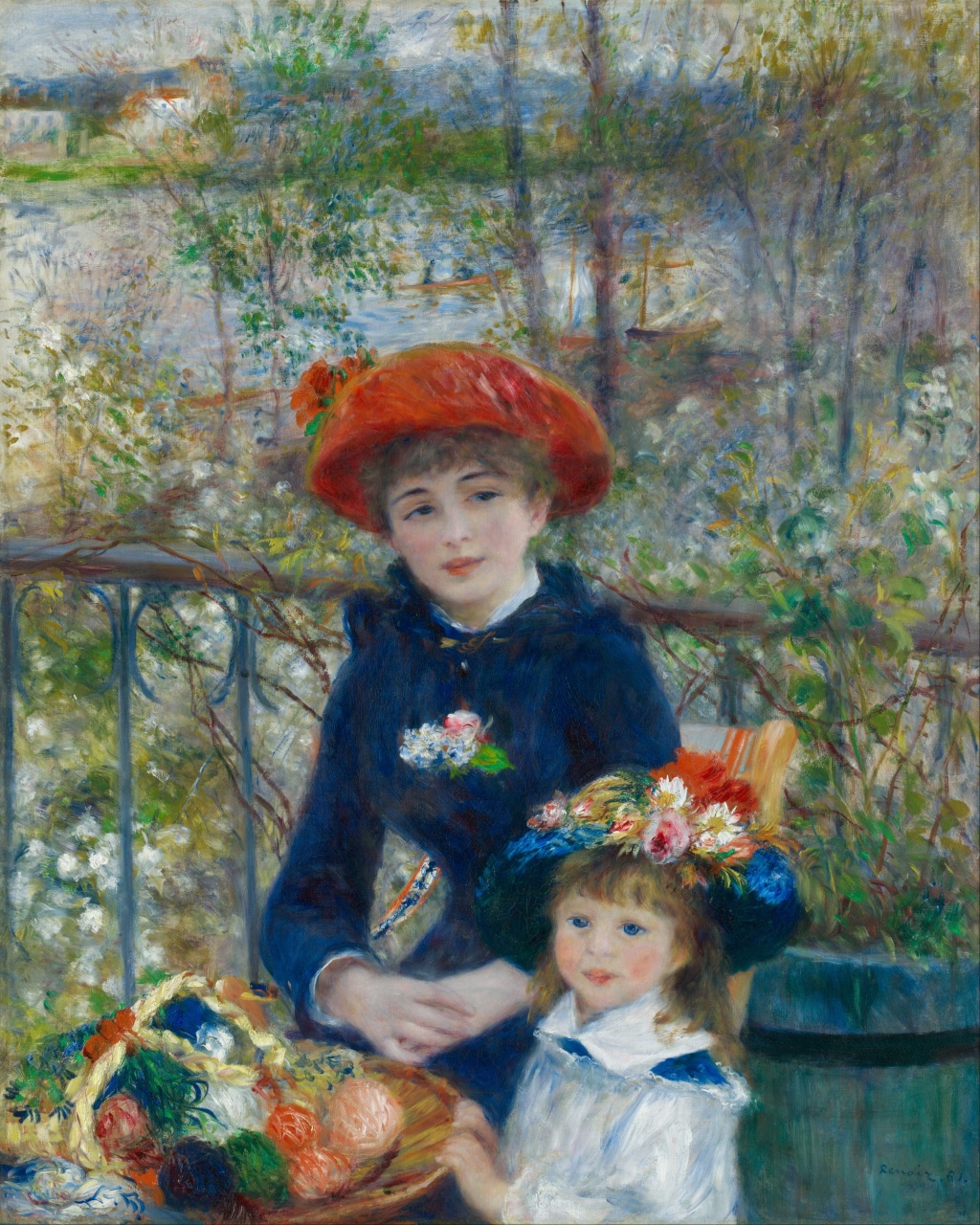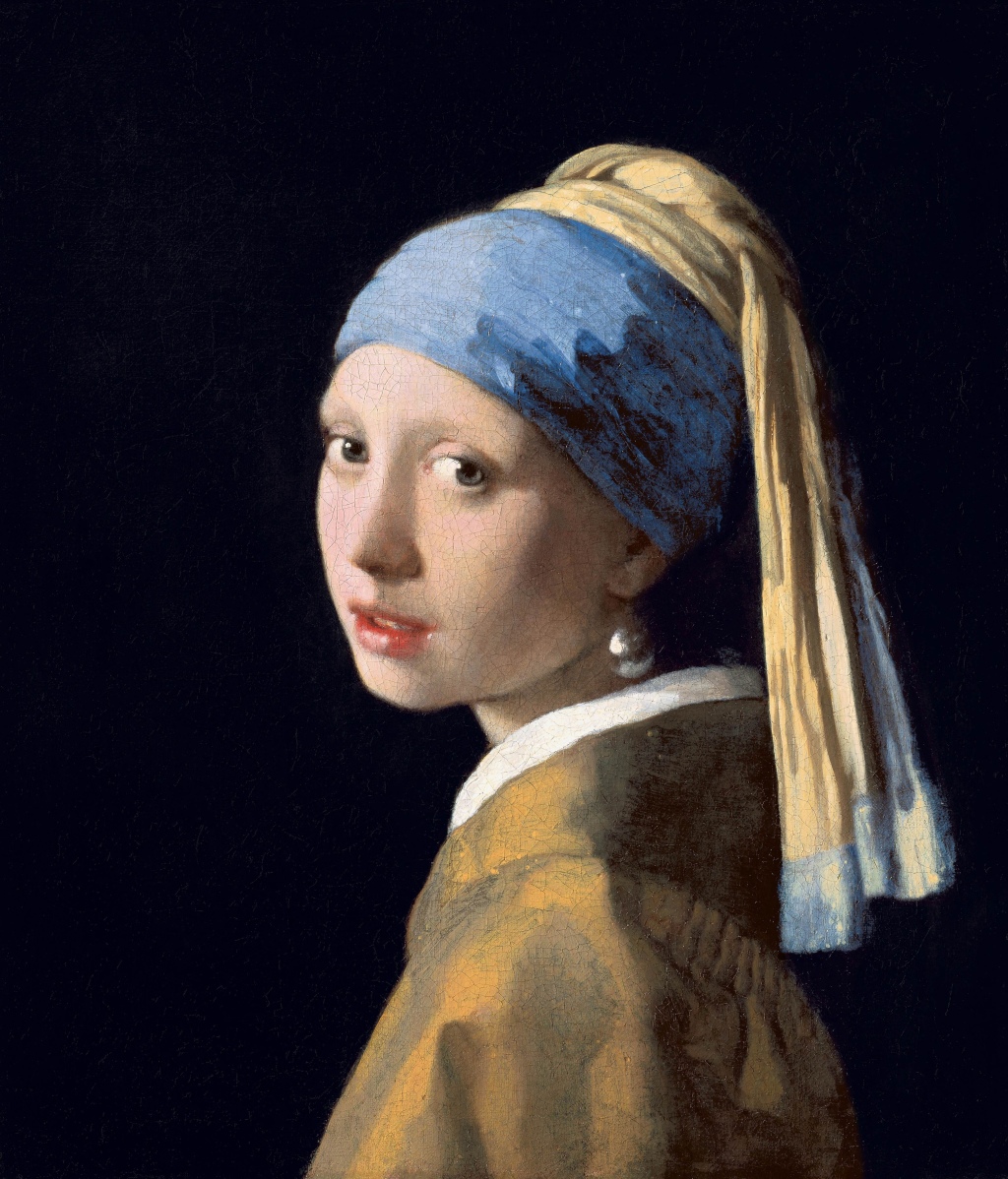Mention Impressionism art and most people instantly envision these fuzzy, unclear pieces of art that some would say lack a certain level of skill, since it usually, but not always, lacks the sharpness and details of say, Baroque art.
Impressionism

The very title of this painting by Claude Monet, is the source of the term “Impressionism”, as it concerns art. The loose brush strokes, the use of grays over black, the play of natural light is utilized, wet paint applied to wet paint, all things that can be used to attempt to define this style of the late 1800’s. I say attempt as there is a lot of variance in pieces from this style.
One small discovery greatly changed art and that was the use of pre-mixed paint in tin tubes. This allowed artists to step outside of the studio more, to utilize the natural light, instead of relying on knowledge, memory or the time-consuming step of sketching the painting out long, before actually painting it. This also allowed painters to do as Monet was rumored to do and that is returning to a landscape every day for just a few minutes to capture the same light on his subject.

While this piece, Two Sisters, shows similarities to Impression, Sunrise, Renoir used brighter colors, using that to show more distinction between. Granted, this piece was created a decade after the start of the Impressionist movement, so the techniques that define this style are more developed.
Let Us Compare…
While Baroque is starkly different than Impressionism, I feel this makes for a good comparison.

This piece is iconic for the Baroque period, almost as well-known as the Mona Lisa; in fact, it is sometimes referred to as the Dutch Mona Lisa.
Here, we see Vermeer used tenebrism to focus our attention on the subject, her gaze engaging us, as well as the slight movement of her glance over her shoulder. Realism is well displayed in the sharpness of the painting, the well-defined lines making this look as if she could step right off of the canvas. While the color is rich, with the golds, the blue of the turban and the pinkness of her lips, the colors are muted, lacking the boldness seen in Impressionistic art.
Baroque art is very good at showing the viewer a snapshot in time, a split second pulled from the past. Portraits, Tronies (such as this piece), as well as paintings displaying a scene, these pieces managed to stop time for a moment. This all lends itself to realism as well as pulling the viewer’s attention into the painting.
My Thoughts
I have always loved Impressionism in art. The techniques that were used manage to evoke memories and emotions, for me at least. The manner in which Monet created Impression, Sunset recalls many memories of my time living on the coast. In my mind, those memories possess the same softness and lack of focus, as most memories do. We seldom recall our past in the sharpness of Baroque, but in the fuzziness that Impressionism brings to the art world.
Two Sisters brings out a nostalgic emotion of family, the use of wet paint on wet paint, brings a softness that leaves the impression of movement, to the point I can almost feel the breeze and smell the flowers on the terrace.
I feel with the invention of photography, art had the ability to move away from memorizing people in portraits, and focus on memories, evoke strong emotions from the viewer and further allow the artist to explore not just the world in which we live, but as the artist perceives it. This was a huge leap forward in several ways. I see it as almost an “Enlightenment in art technique.” With this rebellious new art, there was less concern of, say keeping a guild or the person that commissioned a piece, happy by staying within the line of an expected competence for a given style.
This is when “Art” truly became the artist’s, instead of the realm of the church or politics. This is when art as we accept it today, was truly born.
Works Cited
Gersh-Nesic, Beth. “A Beginner’s Guide to Impressionism | Khan Academy.” Khan Academy. N.p., n.d. Web. 20 Oct. 2016. https://www.khanacademy.org/humanities/becoming-modern/avant-garde-france/impressionism/a/a-beginners-guide-to-impressionism
“Girl with a Pearl Earring.” Wikipedia. Wikimedia Foundation. Web. 20 Oct. 2016. https://en.wikipedia.org/wiki/Girl_with_a_Pearl_Earring
“Guide to Impressionism.” The National Gallery, London. Web. 20 Oct. 2016. http://www.nationalgallery.org.uk/paintings/learn-about-art/guide-to-impressionism/guide-to-impressionism?viewPage=1
“Impression, Sunrise.” Wikipedia. Wikimedia Foundation. Web. 20 Oct. 2016. https://en.wikipedia.org/wiki/Impression,_Sunrise
“Johannes Vermeer, Girl with a Pearl Earring.” Khan Academy. Web. 20 Oct. 2016. https://en.wikipedia.org/wiki/Girl_with_a_Pearl_Earring
Samu, Author: Margaret. “Impressionism: Art and Modernity | Essay | Heilbrunn Timeline of Art History | The Metropolitan Museum of Art.” The Met’s Heilbrunn Timeline of Art History. Web. 20 Oct. 2016. http://www.metmuseum.org/toah/hd/imml/hd_imml.htm
“Two Sisters (On the Terrace).” Wikipedia. Wikimedia Foundation. Web. 20 Oct. 2016. https://en.wikipedia.org/wiki/Two_Sisters_(On_the_Terrace)